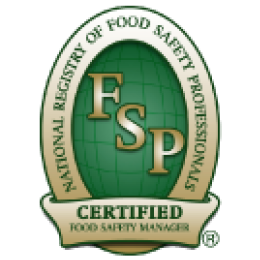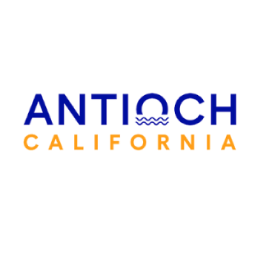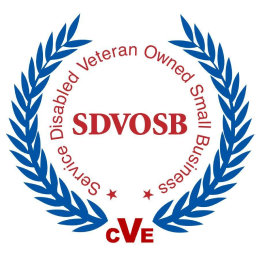In a world where the global food supply chain is increasingly interconnected, ensuring the safety of our food has never been more crucial. From farm to table, various factors come into play, influencing the quality and safety of the food we consume daily. In this blog post, we'll embark on a journey to explore the intricacies of food safety, understanding the challenges, regulations, and practices that contribute to a secure and wholesome food supply.
1. Exploring the Foundations of Food Safety: Food safety begins at the source – the farm. Explore the critical steps in agricultural practices that contribute to safe and healthy food production. From soil management to pest control, understanding the foundational aspects of food safety is essential.
2. Tracing the Journey through the Supply Chain: Trace the journey of food as it moves through the supply chain – from producers and processors to distributors and retailers. Examine potential points of contamination and the measures in place to mitigate risks, ensuring that food remains safe at every stage.
3. Understanding Regulatory Frameworks: Delve into the regulatory frameworks that govern food safety globally and locally. Explore the roles of organizations such as the FDA, USDA, and international bodies in setting standards, conducting inspections, and implementing regulations to safeguard public health.
4. Uncovering HACCP: Uncover the significance of the Hazard Analysis and Critical Control Points (HACCP) system in identifying, evaluating, and controlling hazards throughout the food production process. Understand how this systematic approach plays a pivotal role in preventing foodborne illnesses.
5. Embracing Emerging Technologies in Food Safety: Stay updated on the latest technological advancements shaping the landscape of food safety. From blockchain to sensors and AI applications, explore how technology is revolutionizing traceability, quality control, and rapid detection of contaminants.
6. Examining Foodborne Illnesses and Outbreaks: Examine real-world examples of foodborne illnesses and outbreaks, analyzing their causes and the subsequent investigations. Understand the role of epidemiology in identifying the source of contamination and preventing further spread.
7. Empowering Consumers through Education: Empower consumers with knowledge about making informed choices. Explore the importance of reading labels, proper food storage, and safe cooking practices. Highlight the role of education in fostering a food-safety-conscious society.
8. Recognizing Global Collaboration for Safer Food: Recognize the significance of international collaboration in addressing global food safety challenges. Explore initiatives, partnerships, and collaborative efforts aimed at harmonizing standards, sharing best practices, and ensuring the safety of food on a global scale.
9. Addressing Challenges and Exploring Future Trends: Address the challenges faced by the food industry in maintaining and improving food safety. Discuss future trends, such as the impact of climate change, the rise of alternative proteins, and the integration of smart technologies, shaping the future of food safety.
Conclusion:
In concluding our exploration of food safety, it becomes evident that a collective effort is required from producers, regulators, and consumers alike to secure a safer tomorrow. By understanding the complexities of the food supply chain, staying informed about regulations, and embracing technological advancements, we can contribute to a world where every meal is a source of nourishment and safety.





